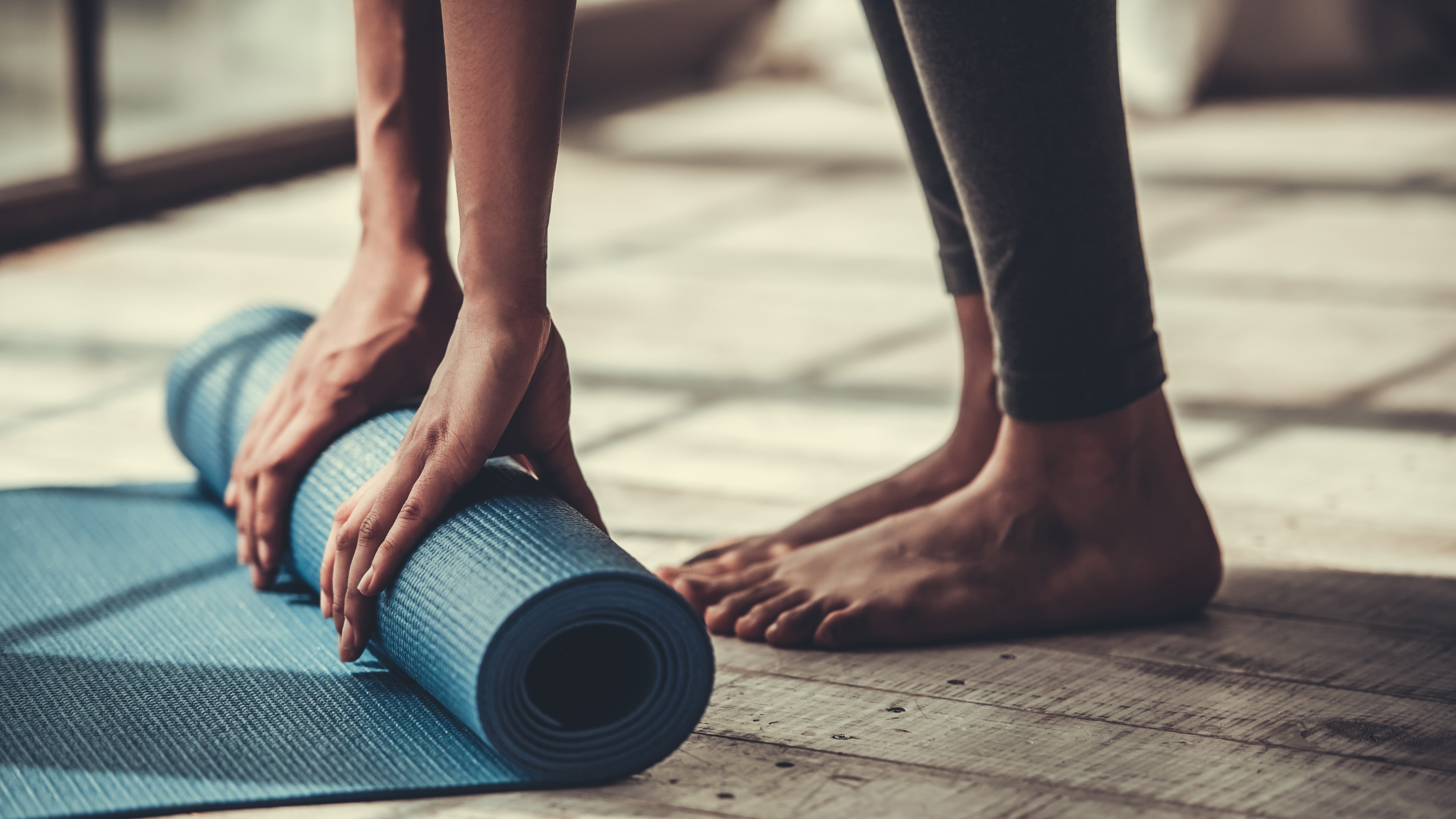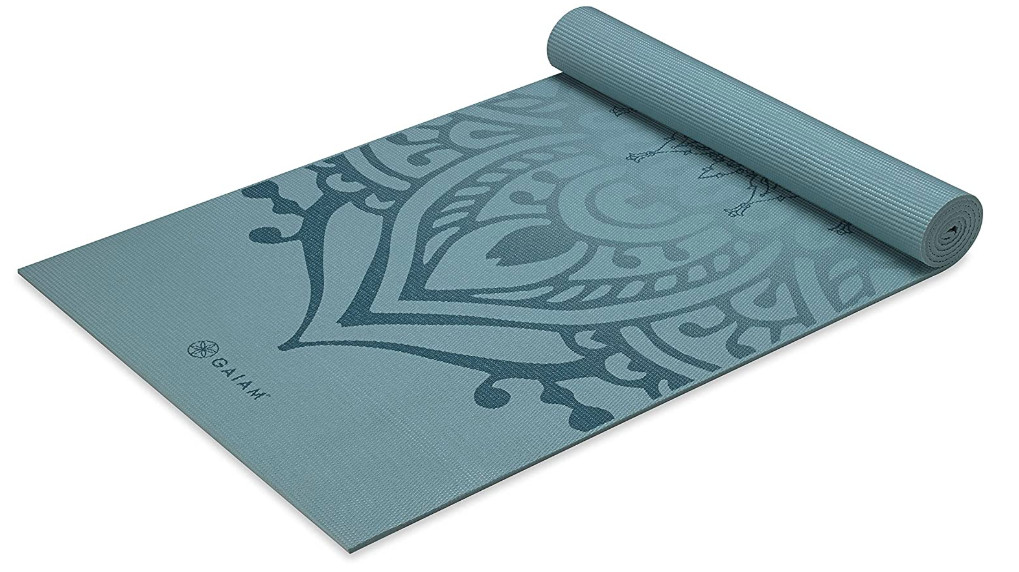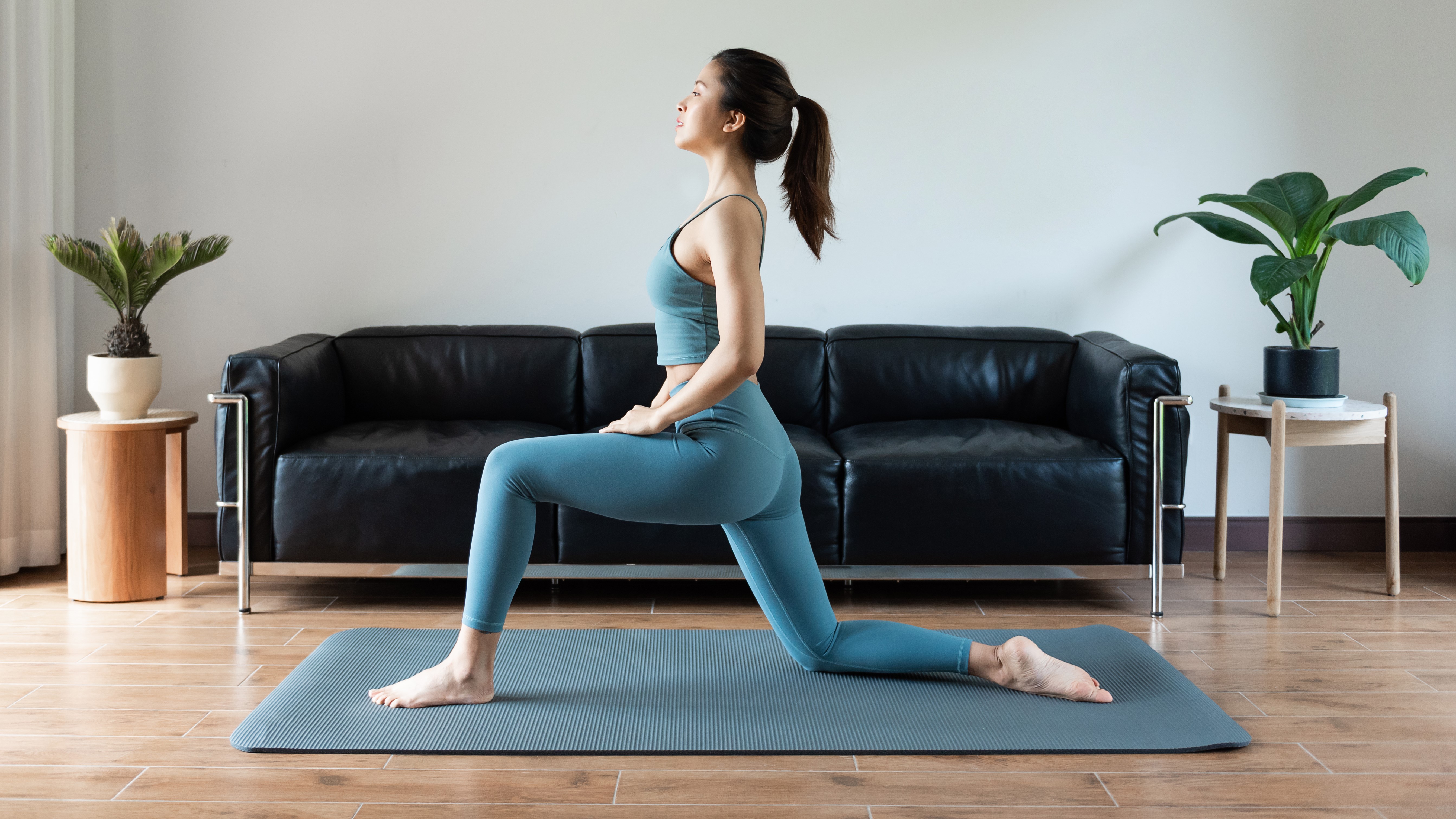How to choose the right yoga mat for you
Choose the right yoga mat for grip, thickness, material and more

Whether you’re a long-time yogi practicing every day, or occasionally jump on YouTube to do a 20-minute vinyasa flow you’ll know that choosing the right yoga mat for you is one of the most important factors for your practice.
You can check out our best yoga mat guide to get started, but it's important not to pick up a cheap, off-brand yoga mat to slip and slide all over it when you start to sweat. Likewise, in the current cost of living crisis, you also don’t want to pay hundreds and not feel supported as you move through your flow.
So, what should you look for? The material of the mat is of course important, while this will also contribute to the grip of the mat too. The thickness of the mat can help when come to stability and comfort off different practices, while some styles and patterns can give you guidance when it comes to positioning or grip.
Materials: Eco-friendly or PVC?
Yoga mats come in all shapes and sizes, while when it comes to the material used they’re not all the same - so you need to look at what matters to you. If price is a big factor you’ll no doubt be looking for a PVC-based mat - which comes at a lower price and provides more grip but long term could be a less sustainable choice.
Eco Friendly or sustainable mats are usually made from materials such as natural rubber or eco-polyurethane as a top base, which helps with grip. Head yoga trainer at BLOK Leo Oppenheim says he would always choose an eco-friendly yoga over a PVC one as they are “made from sustainable and environmentally friendly materials. The durability and lifetime of a yoga mat is very much dependent on the company and the materials used but a quality eco-friendly yoga mat should last for at least a year of regular practice.”
PVC mats are cheaper, as the material is more widely available, while they are also lighter, so easier to carry around. The material is also easy to wipe down after a sweaty session, and can be less slippery - so perfect for a hot yoga session.
However, Oppenheim warns, that although the mats are a cheaper way to practice yoga they could be bad for your health: “PVC yoga mats are made up of phthalates, which although makes the mats more durable can have serious environmental and health impacts. They can have an effect on your immune health, neurological function, and reproductive systems as well as having unfortunate impacts on our environment.”
Get daily insight, inspiration and deals in your inbox
Sign up for breaking news, reviews, opinion, top tech deals, and more.

Does thickness matter?
If you find yourself constantly uncomfortable as you move through your practice, or your joints ache it’s likely you’ll need a thicker mat. Yoga mat thicknesses can range from 0.5mm to 5mm - depending on what yoga you practice. A lighter mat can be great for travelling, but a thicker mat is perfect for more restorative poses - such as child's pose or threading the needle.
“The thickness of a mat will have an effect on balance, comfort and joint health. Thicker mats are great for restorative classes as they provide a deeper level of support and comfort as you stay in one pose for longer than a normal yoga class,” says Oppenheim.
So, when is thinner mat the better option? Oppenheim reveals: “A thinner mat (4mm and below) is a better option for joint health and working into your balance, especially for vinyasa poses. A thinner mat is also easier to transport and a number of yoga mat companies make mats that are specifically designed for travel (3mm thickness or below.)”
However, it really is down to preference and once you’ve practised yoga for a few months you’ll know what thickness best supports your style.

Grip and pattern
Some mats may look pretty, with swirls or dots, but some patterns have another function too - to help you with grip or alignment when you’re mid pose - especially a difficult one such as a handstand or crow pose.
But, why is grip important in a yoga class? “Grip becomes more important as a practice becomes more dynamic. Many modern yoga practices have transitions that require dexterity,” explains Oppenheim. “If a surface is slippy this can lead to falling or slipping in the transitions between poses, Leading to potential injury. A grippy yoga mat, especially in a hot environment or when there is perspiration is a very useful tool.”
Some mats have dots placed on them, to allow for correct form, while other mats, such as Liforme mats have pretty alignment systems printed on their mats - which also act as markers to help as you move through your yoga routines.
If you want to get your money’s worth, choose a reversible mat for different practices - Lululemon’s reversible mat had a grippy top layer to help with balance, while the other side has a cushioned rubber surface for restorative poses. Can't hit that pose? You can also get some extra support with one of the best yoga blocks.
Sarah is a freelance writer - writing across titles including Woman&Home, Fit&Well, TechRadar, the Independent and the BBC. She covers a variety of subjects, including trends in beauty, business and wellness - but her biggest passions are travel and fitness. She can normally be found trying out the latest fitness class or on a plane to an exotic destination. While she loves to combine the two - signing up to do hiking holidays in LA, intense boot camps in Bali - last year she went on her dream activity holiday: paddleboarding around deserted islands in Croatia.
